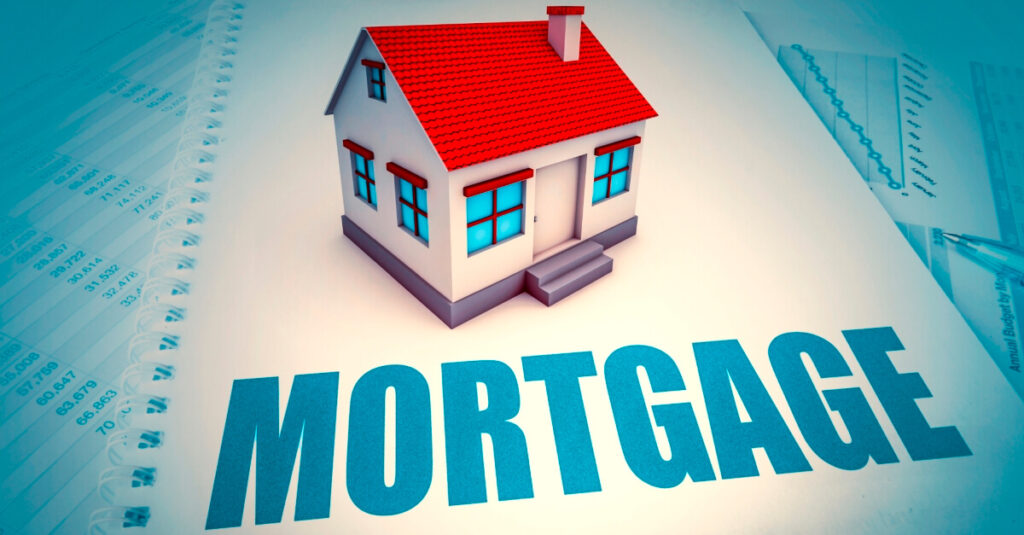When it comes to obtaining a mortgage for a home purchase, lenders consider various factors to determine your eligibility. One crucial factor is the Mortgage Front End Ratio, also known as the housing ratio. In this article, we will explore what the front-end ratio is, how it is calculated, and its significance in the mortgage approval process.
- Defining the Front-End Ratio:
The front-end ratio is a financial metric that measures the percentage of your gross monthly income allocated to housing expenses. These expenses typically include the mortgage principal and interest, property taxes, homeowner’s insurance, and any applicable homeowners association (HOA) fees. The Mortgage Front End Ratio helps lenders assess your ability to manage your monthly housing payments within your income limits.
- Calculating the Front-End Ratio:
To calculate your front-end ratio, you need to divide your total monthly housing expenses by your gross monthly income. For example, if your monthly housing expenses amount to $2,000 and your gross monthly income is $6,000, your front-end ratio would be 33.3% ($2,000 divided by $6,000, multiplied by 100).
- Significance in Mortgage Approval:
The front-end ratio is an essential factor that lenders consider when evaluating your mortgage application. It helps them determine if your income is sufficient to cover your housing expenses. Lenders typically have specific guidelines regarding the maximum Mortgage Front End Ratio they are willing to accept, as it directly affects your ability to make timely mortgage payments.
- Qualifying for a Mortgage with Front-End Ratio:
Each lender may have its own requirements regarding the front-end ratio, but a common guideline is that it should generally be below 28% to 33% of your gross monthly income. Keep in mind that a lower front-end ratio is generally viewed more favorably by lenders, as it indicates a lower risk of default.

- Managing Front-End Ratio:
If your Mortgage Front End Ratio exceeds the recommended limits, there are several strategies you can employ to improve your chances of a mortgage approval:
a. Increase Income: Consider ways to boost your income through salary negotiations, seeking additional sources of income, or improving your earning potential through education or professional development.
b. Reduce Housing Expenses: Explore options to lower your housing expenses, such as downsizing to a smaller home, choosing a more affordable neighborhood, or refinancing your mortgage to secure a lower interest rate.
c. Minimize Other Debts: Paying down existing debts, such as credit card balances or personal loans, can help improve your front-end ratio and demonstrate your ability to manage financial obligations responsibly.
The front-end ratio is a crucial component in the mortgage approval process, as it measures the percentage of your gross monthly income allocated to housing expenses. Lenders use this ratio to assess your ability to manage mortgage payments within your income limits.
Understanding and managing your front-end ratio is essential when considering homeownership. By keeping your front-end ratio within the recommended limits and implementing strategies to improve it, you can enhance your chances of qualifying for a mortgage and securing your dream home.
Remember to consult with mortgage professionals who can provide personalized guidance based on your financial situation. With a clear understanding of your front-end ratio and its significance, you can navigate the mortgage process with confidence and increase your likelihood of obtaining a home loan.
The front-end ratio plays a crucial role in the mortgage qualification process as it assesses your ability to manage your monthly housing expenses within your income limits. It is a key factor that lenders consider when evaluating your mortgage application.
Understanding and managing your front-end ratio is essential for improving your chances of mortgage approval. By keeping your front-end ratio within the recommended limits, typically below 28% to 33% of your gross monthly income, you demonstrate your ability to handle mortgage payments responsibly and minimize the risk of default.

If your front-end ratio exceeds the desired range, there are strategies you can implement to improve it. Increasing your income, reducing your housing expenses, and minimizing other debts are effective ways to bring your front-end ratio into a more favorable range. These actions not only enhance your eligibility for a mortgage but also contribute to your overall financial stability.
It’s important to remember that while the front-end ratio is a significant factor, lenders consider other aspects of your financial profile as well, such as credit score, employment history, and overall debt-to-income ratio. A well-managed front-end ratio, combined with a strong financial standing, will strengthen your mortgage application and increase your chances of securing a favorable loan.
Before embarking on the mortgage application process, it is advisable to consult with mortgage professionals who can provide personalized advice based on your specific financial situation. They can offer guidance on improving your front-end ratio and navigating the complexities of the mortgage process.
In conclusion, understanding and managing your front-end ratio is critical for a successful mortgage application. By keeping your housing expenses in check and demonstrating your ability to comfortably afford mortgage payments, you enhance your prospects of obtaining a mortgage and realizing your homeownership goals.
















